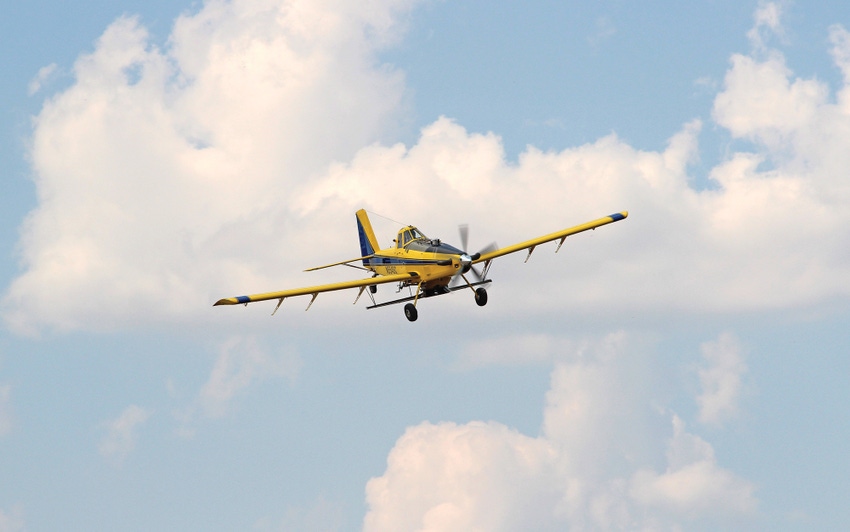
On June 21, the FAA released the final rules for routine commercial use of small unmanned aerial vehicles (UAVs). “Industry estimates,” said a press release, claim “the rule could generate more than $82 billion for the U.S. economy and create more than 100,000 new jobs over the next 10 years.”
Such a huge economical boost can’t be ignored. But we shouldn’t overlook what more airborne drones mean for aerial applicators, a vital cog in Mid-South agriculture.
Andrew Moore, Executive Director of the National Agricultural Aviation Association, says the new regulations aren’t strong enough but “there are two things we do like. First, the UAV operators must give right of way to manned aircraft. Second, the UAVs must fly 400 feet or below. At least when ag pilots ferry from a landing strip, loaded, to a field they can fly at 500 feet. That should provide a good buffer for ferrying.”
But there are no requirements for drones to be “equipped with lighting, there’s no requirement for them to be able to be tracked. So, we’re basically depending on the UAV operators to avoid ag planes.”
And requirements to operate UAVs aren’t very rigorous. “You just have to be 16 years old, pass a written test and a TSA security check. The FAA requires no type of pilot license or requirements demonstrating any operational control of the UAV. There is also no certification showing air worthiness of the UAVs or maintenance requirements.”
What about the FAA allowing UAVs to weigh up to 55 pounds and fly at a speed of 100 miles per hour?
“A 2-pound bird – made of bones, muscle and sinew -- can shatter a plane’s window, go straight through. Imagine what hard plastic and a battery could do. If there’s a collision, it��’ll obviously cause serious damage. I’ve seen a red-tail hawk that has penetrated the leading edge of an ag aircraft – dented it and left a hole – and it wasn’t flying 100 miles per hour.”
The NAAA is still working with Congress aiming for more stringent UAV rules. “Unfortunately, Congress tends to be reactionary. In this case, they could be reacting to a very bad mid-air collision.”
About the Author(s)
You May Also Like






